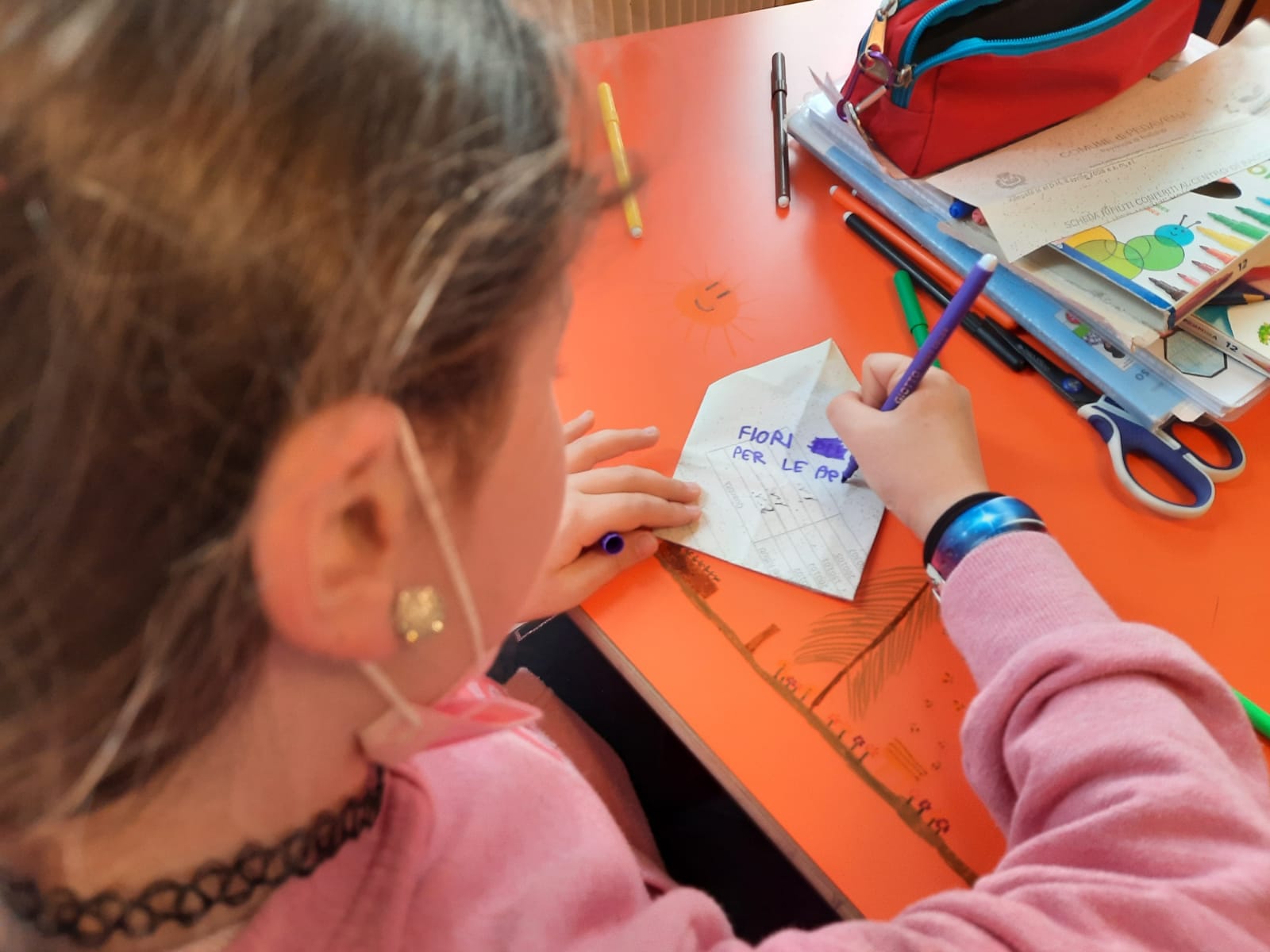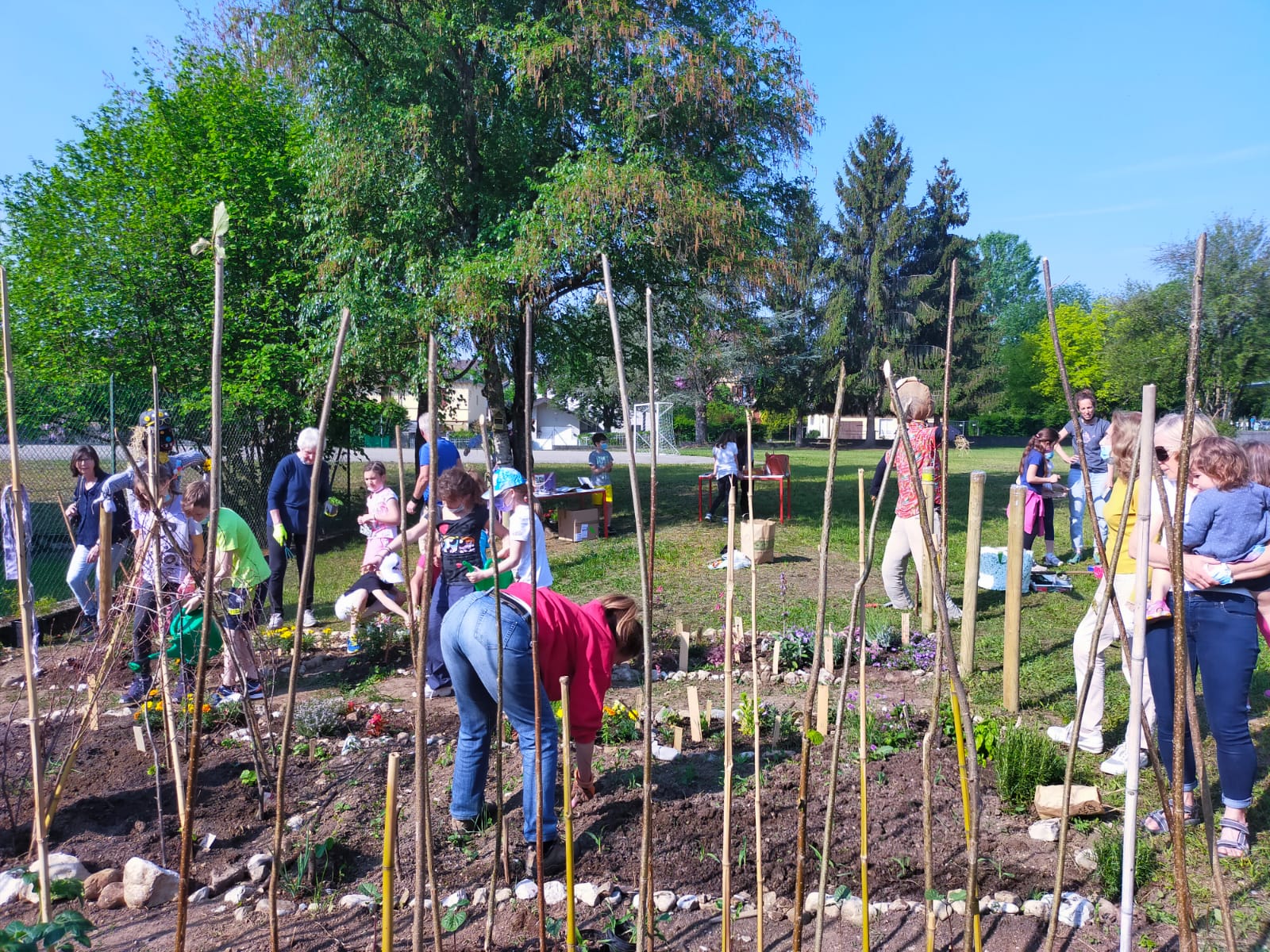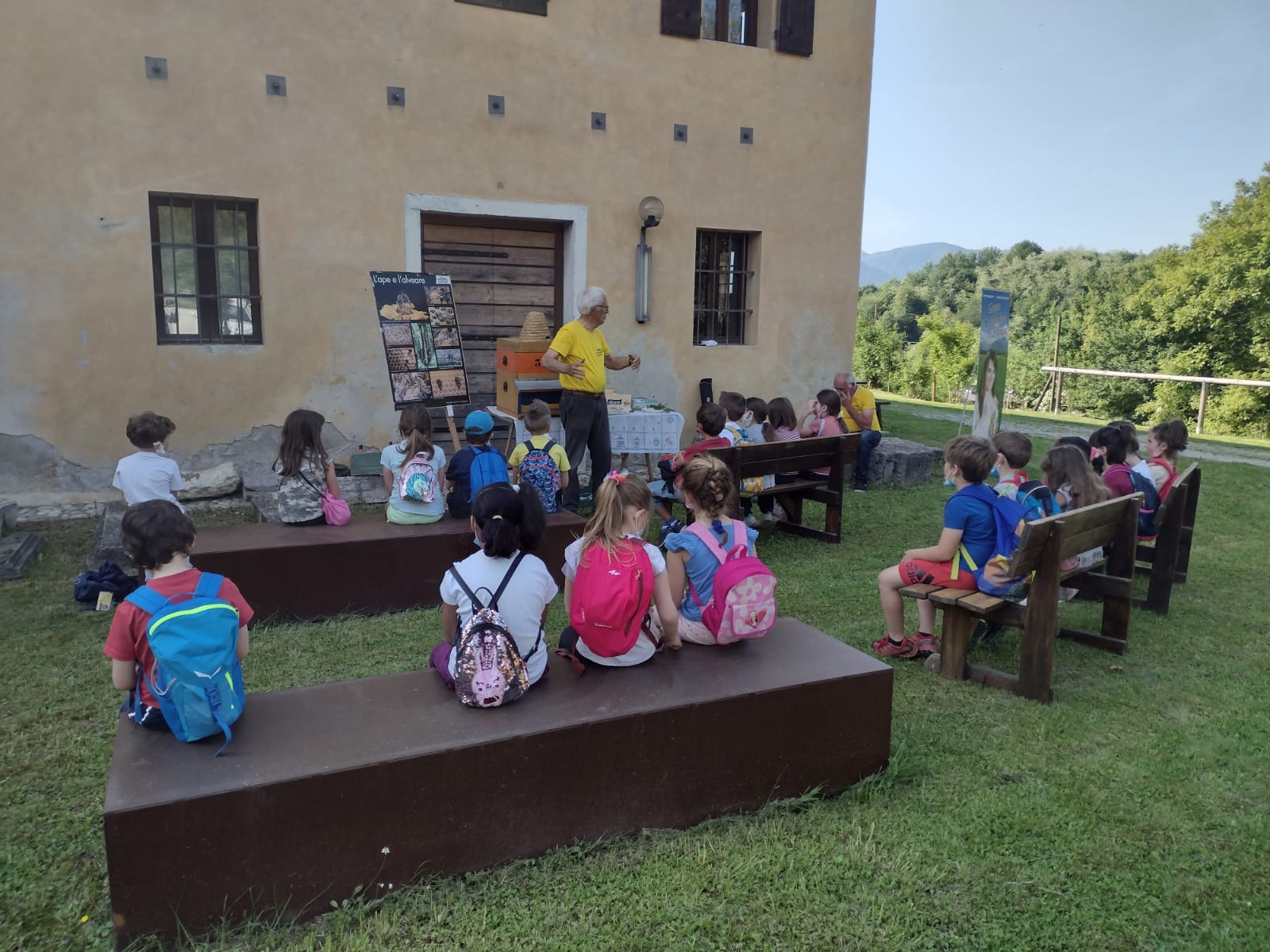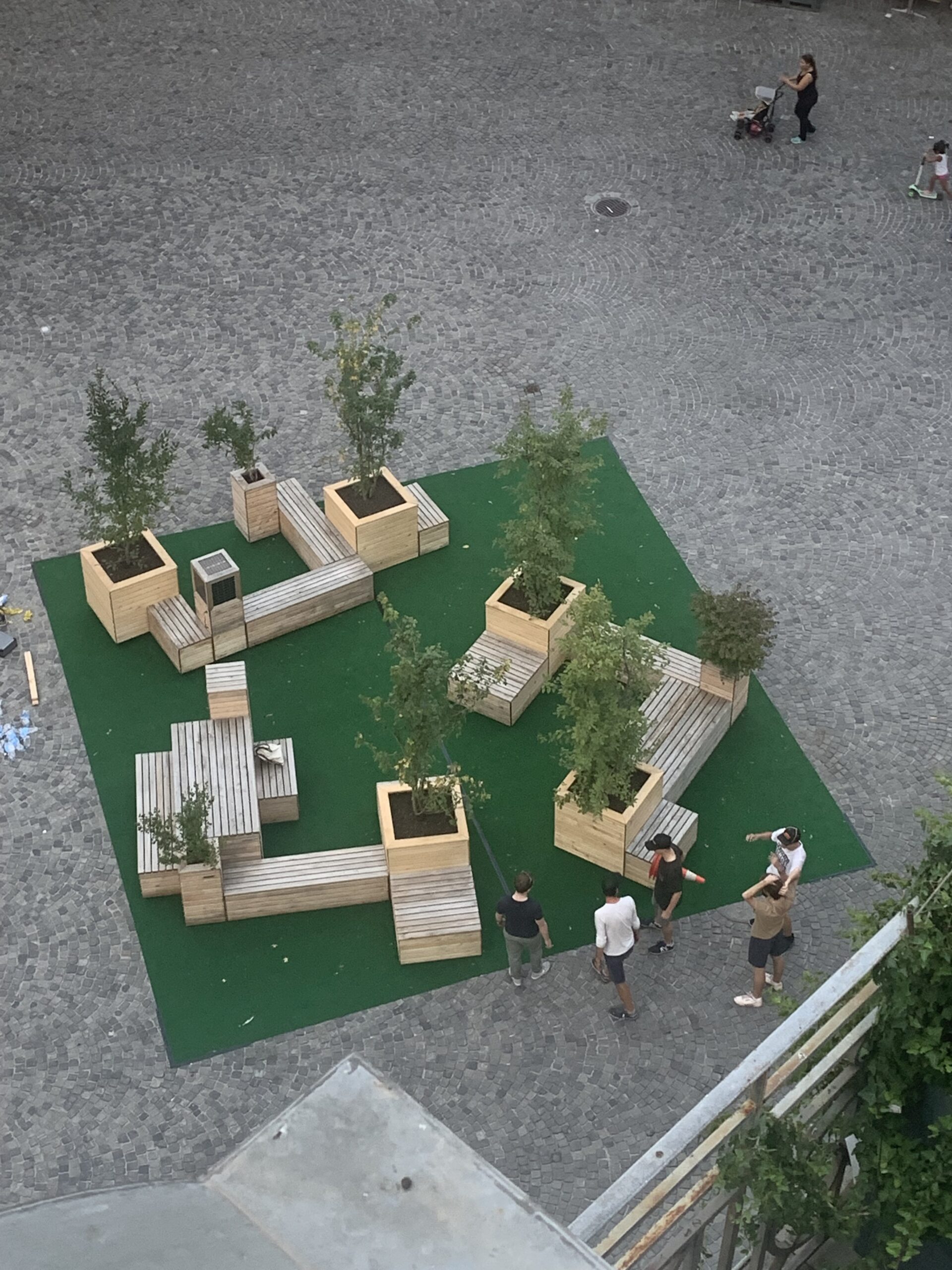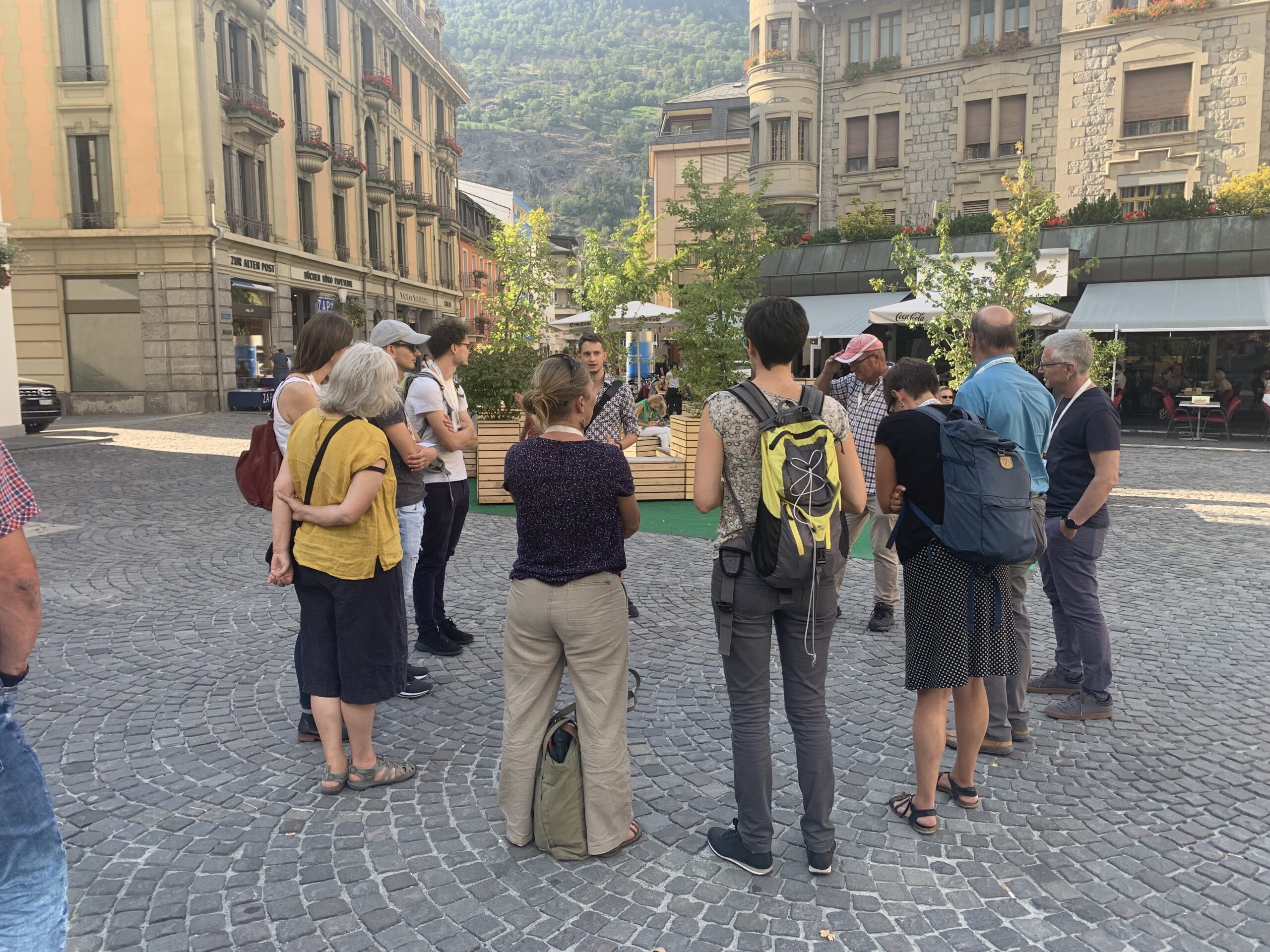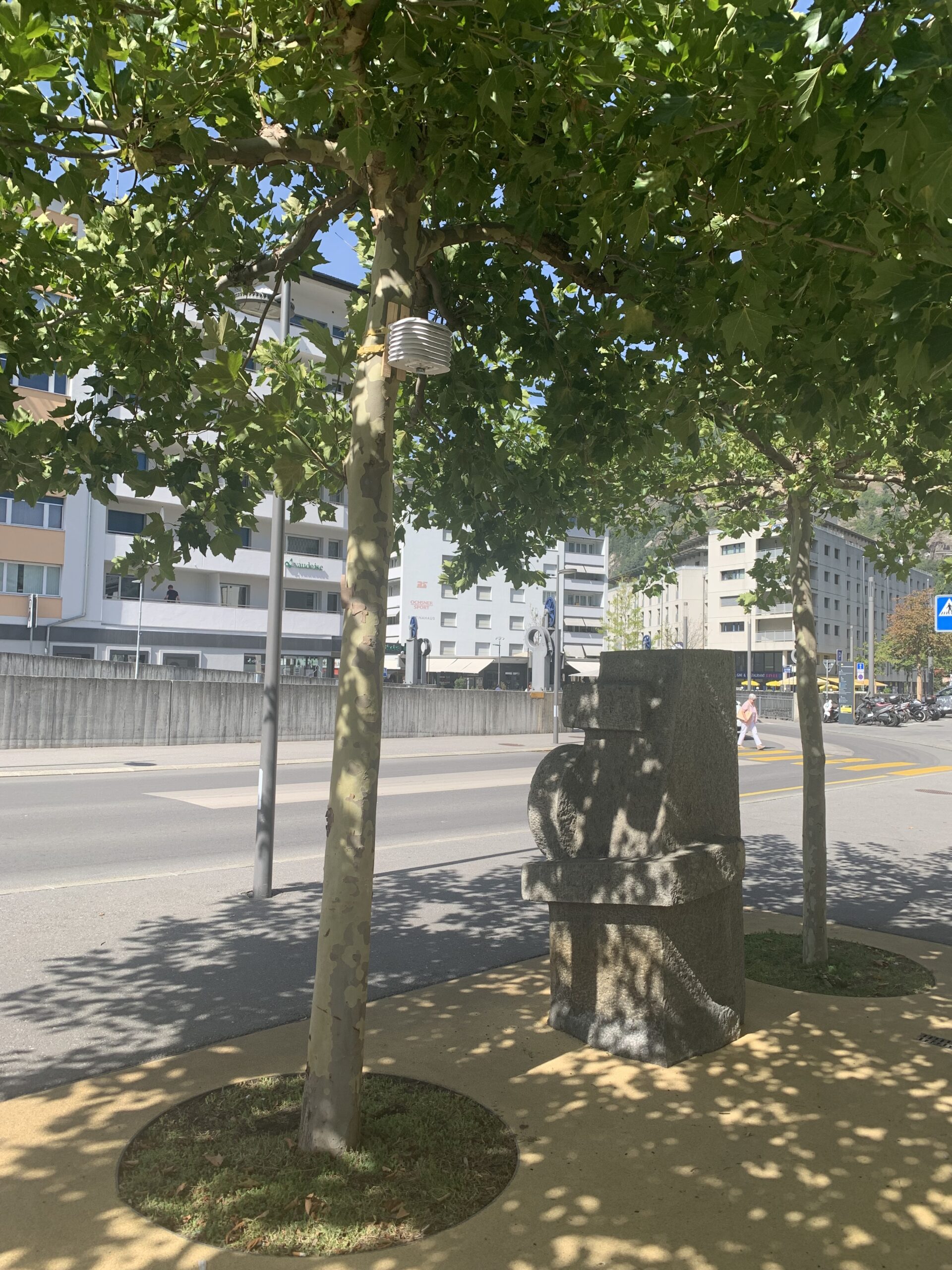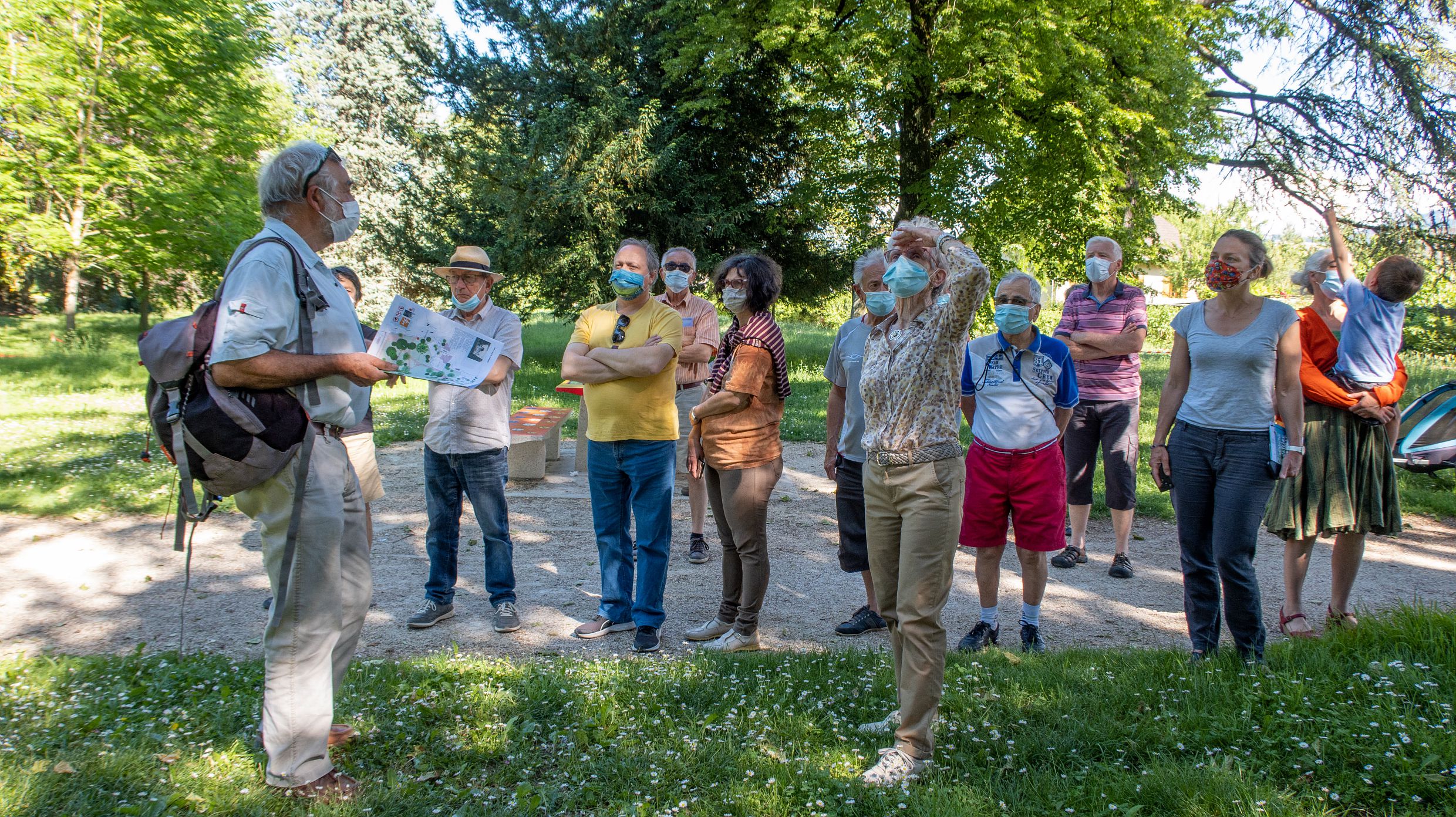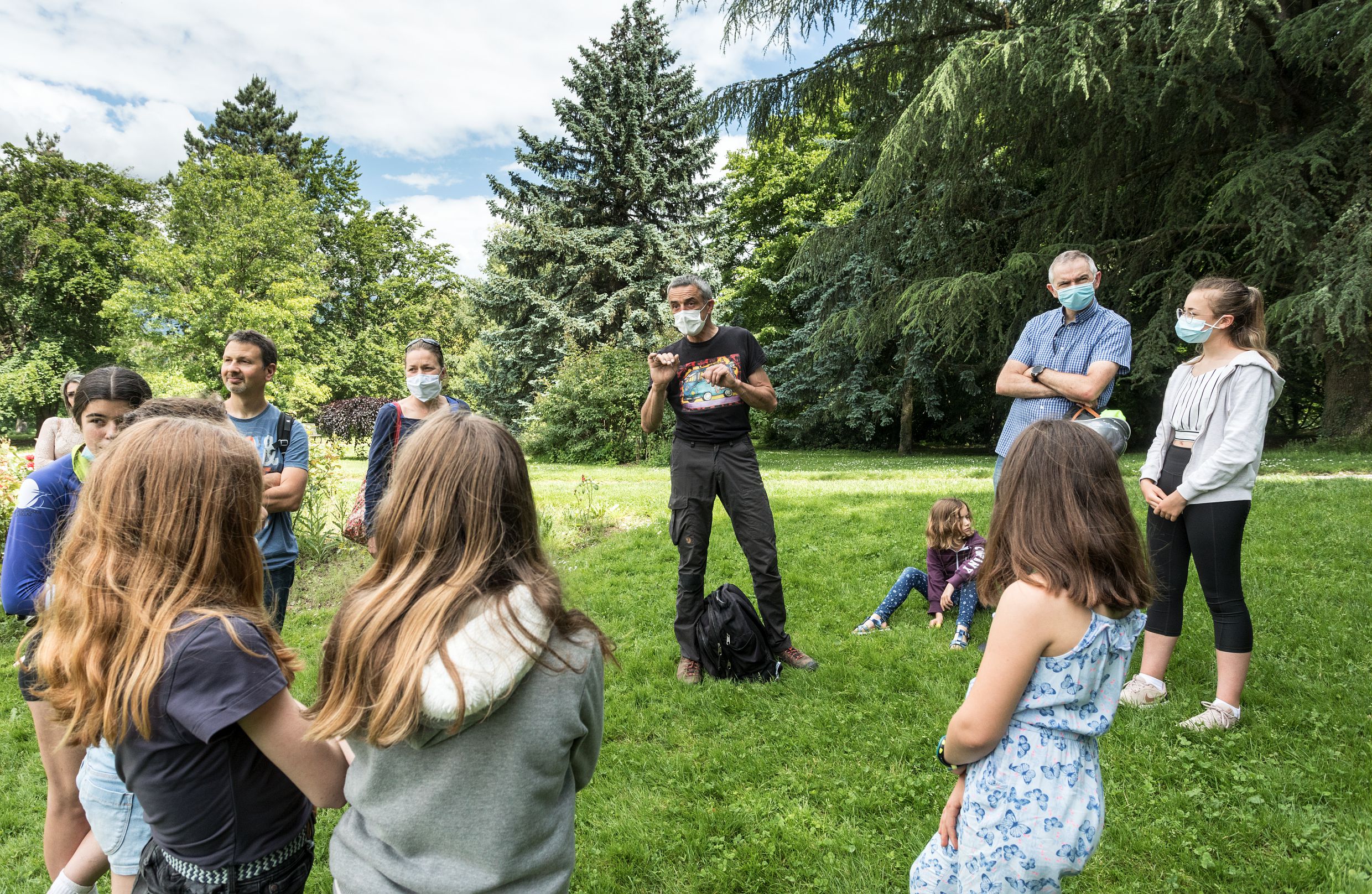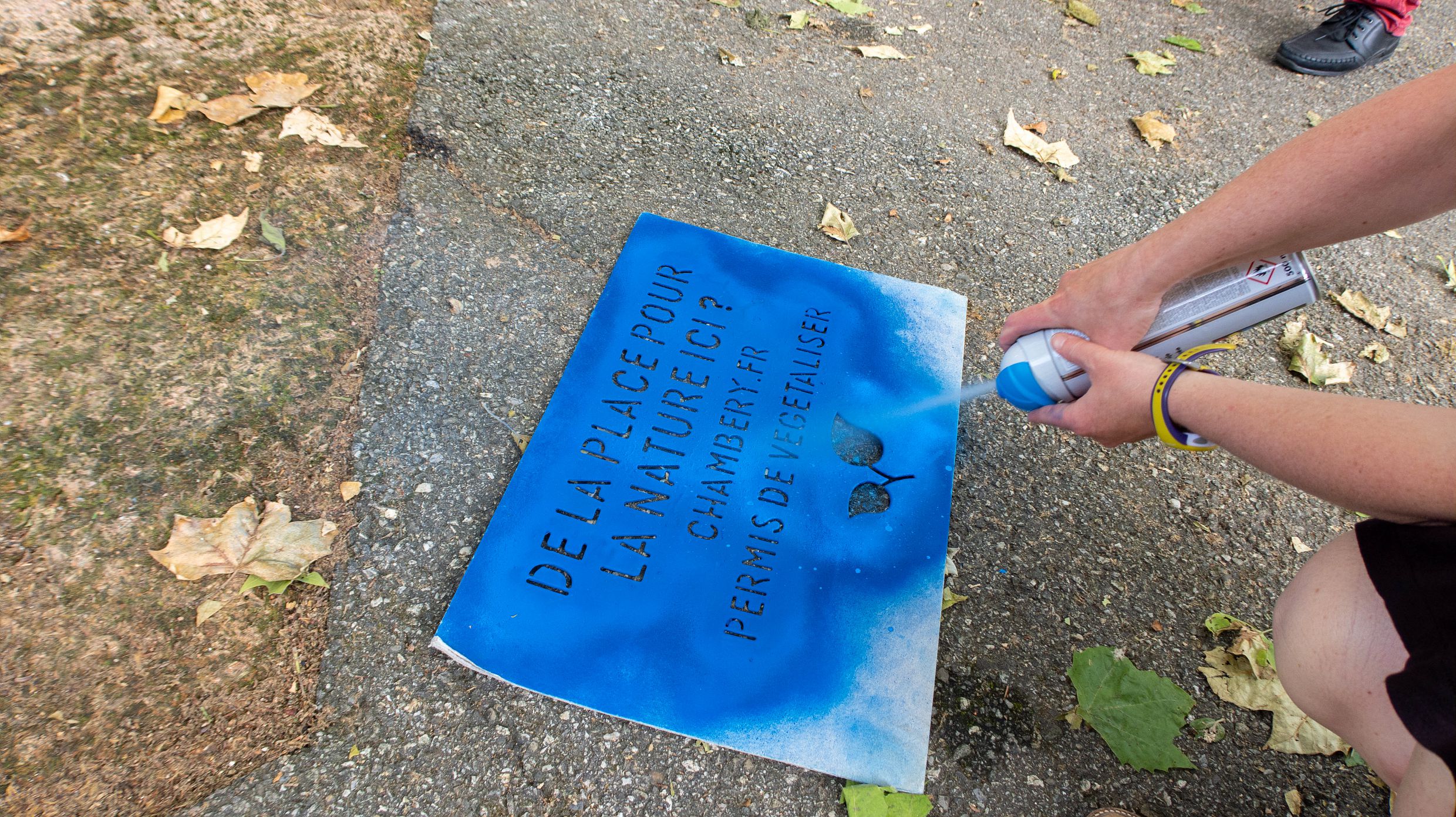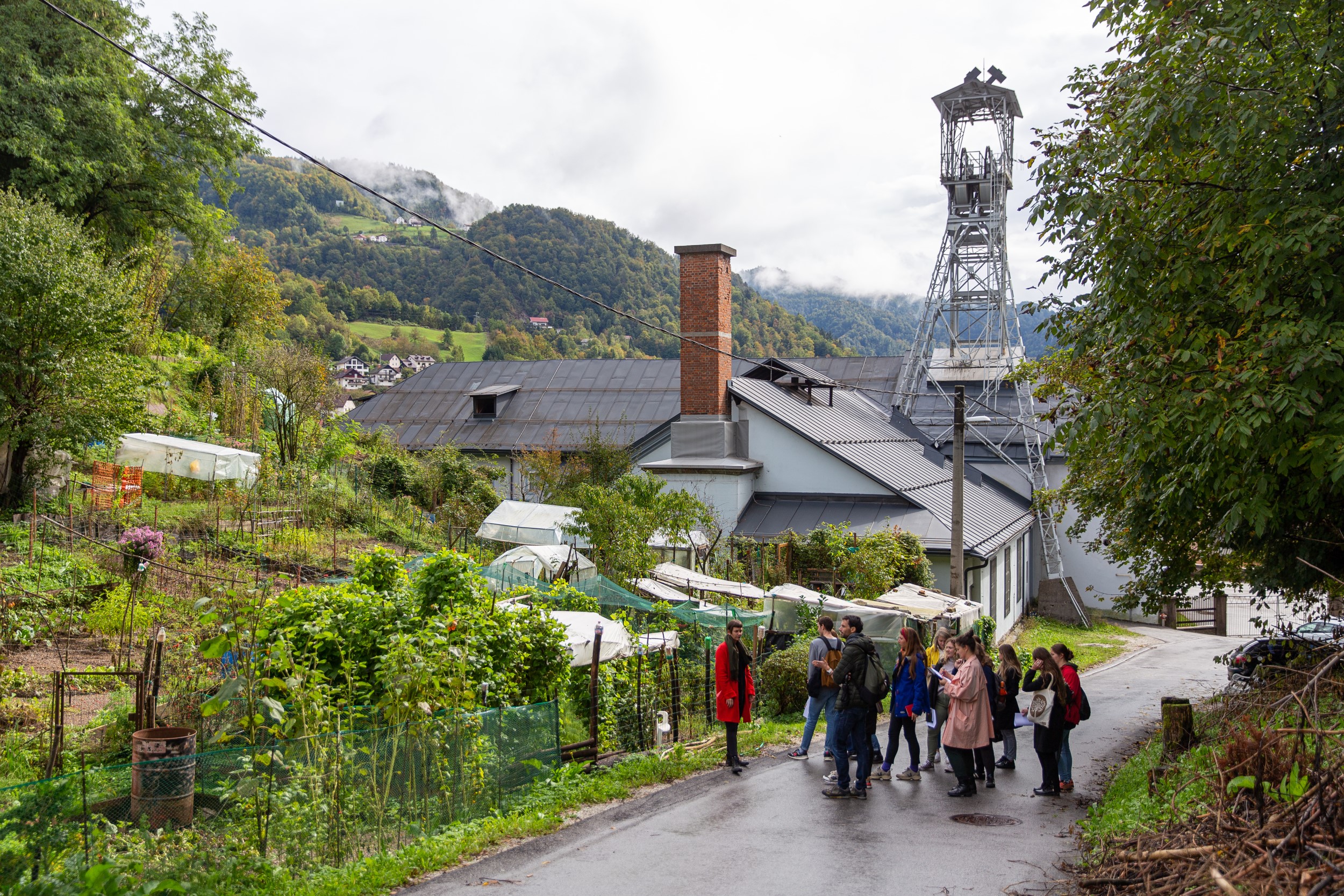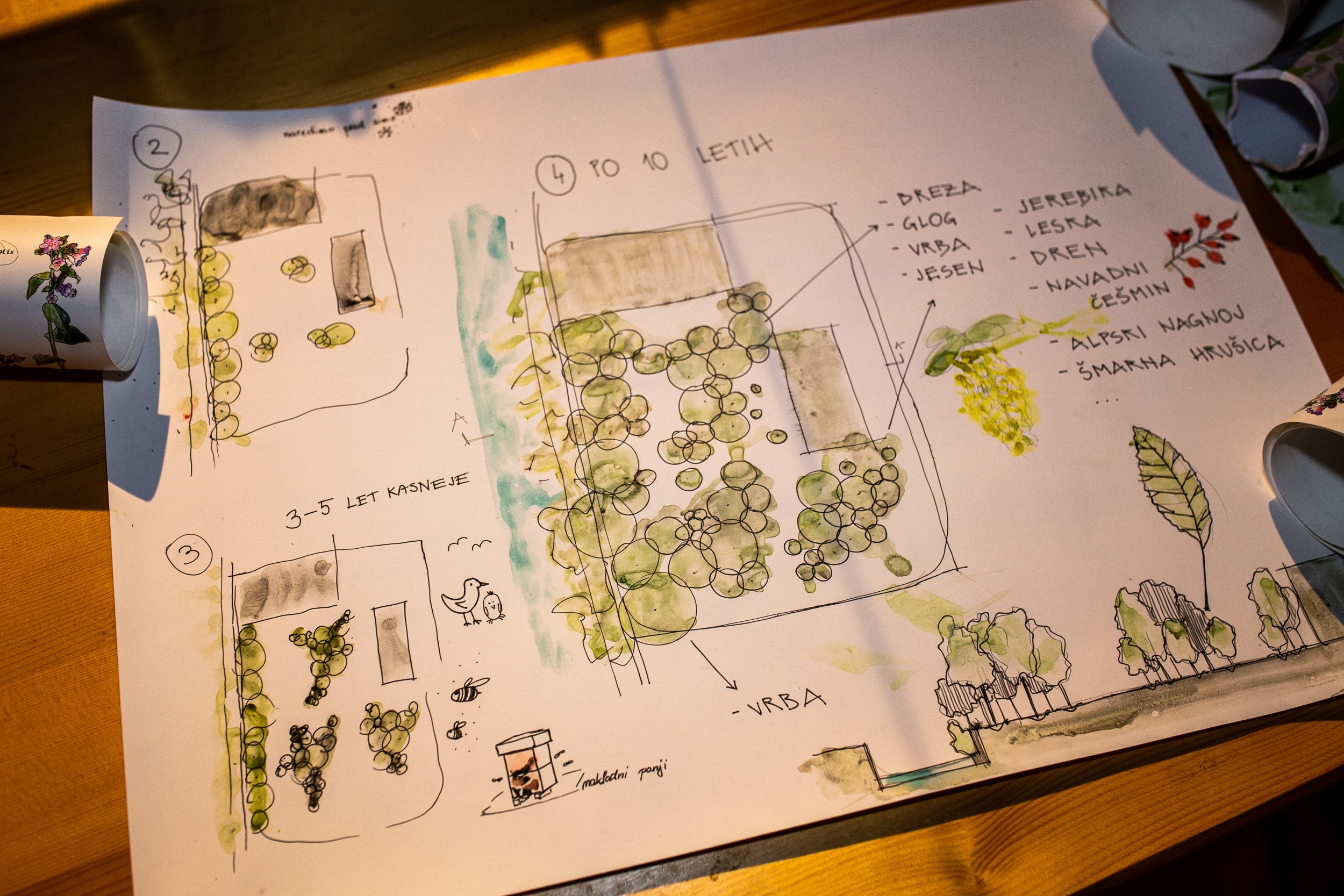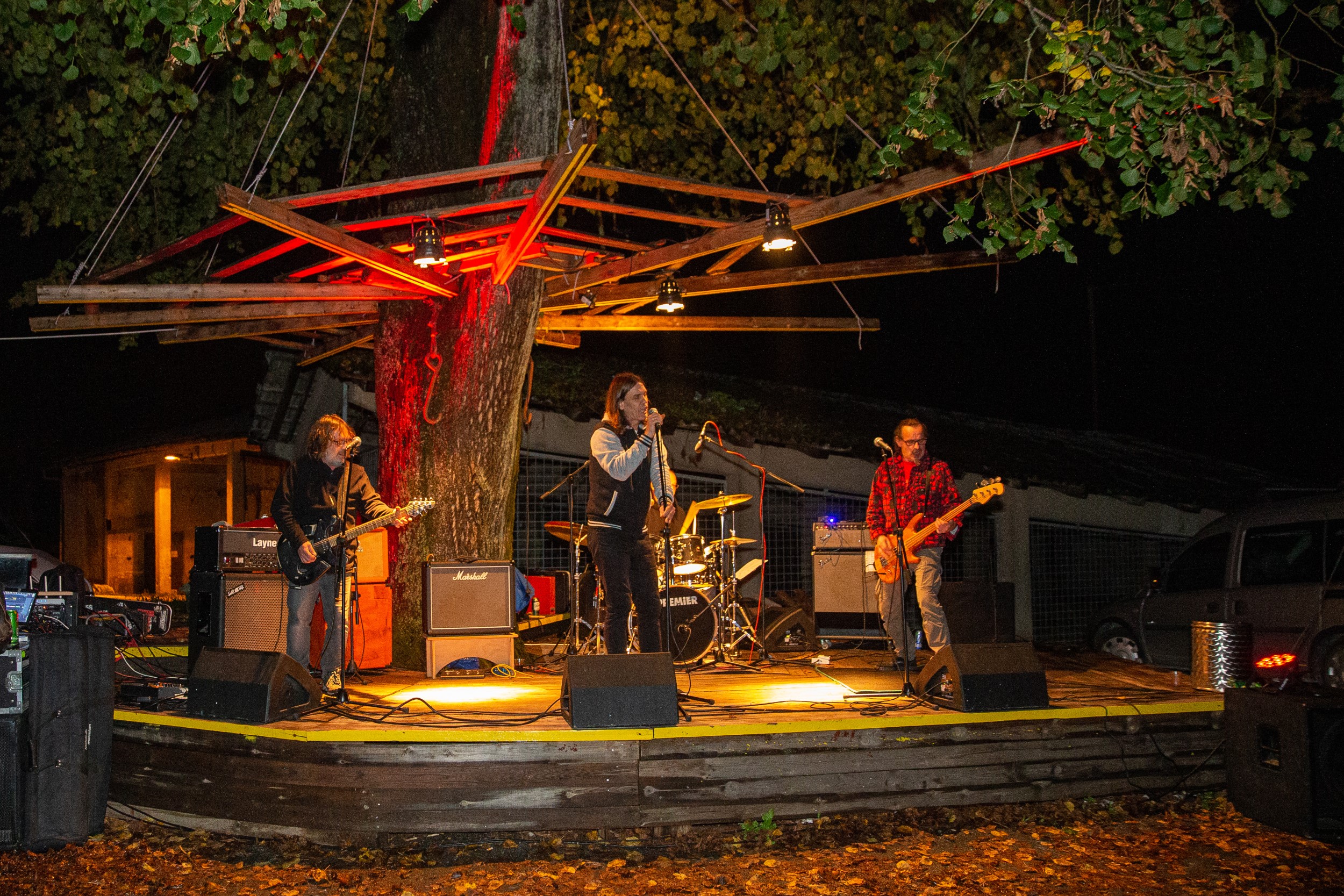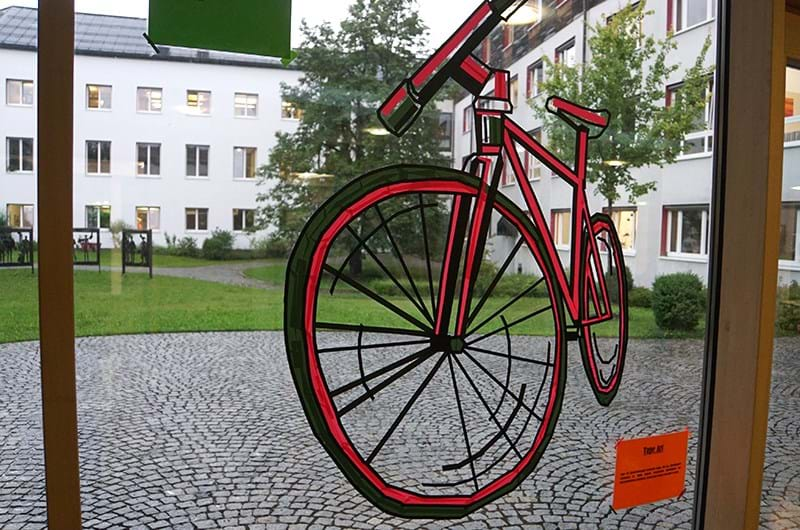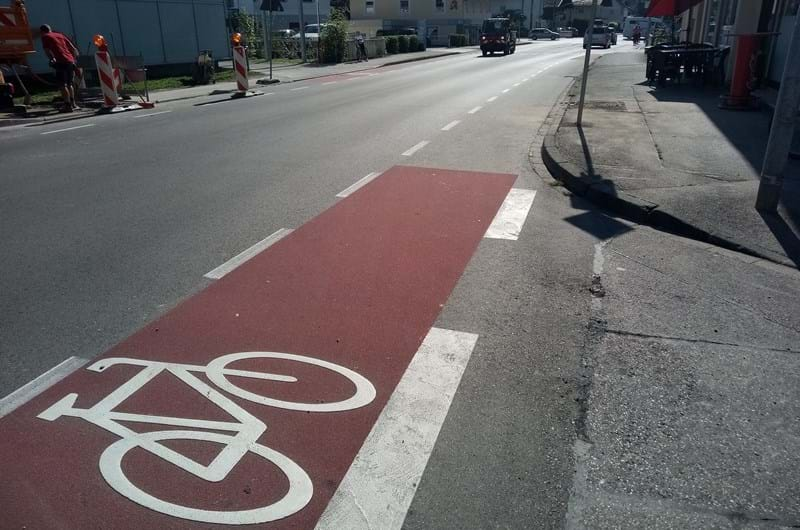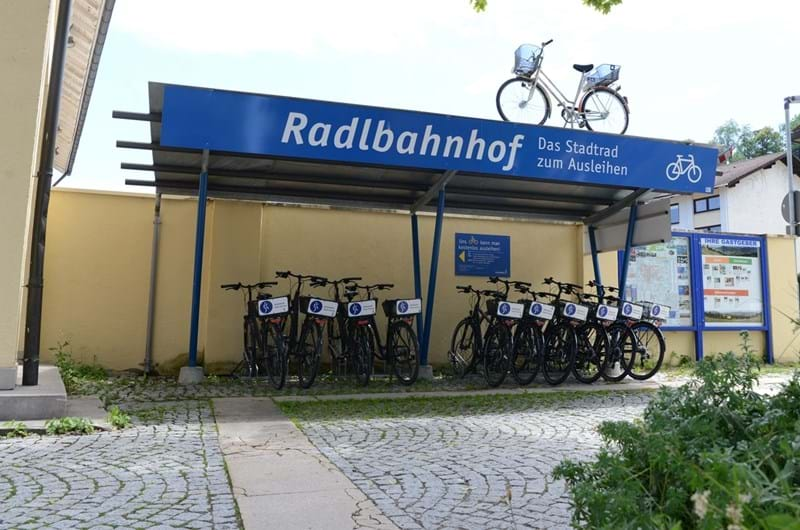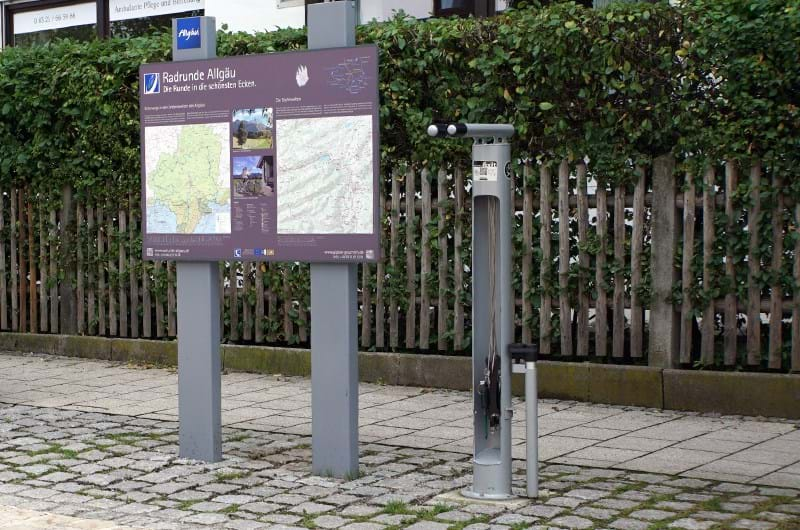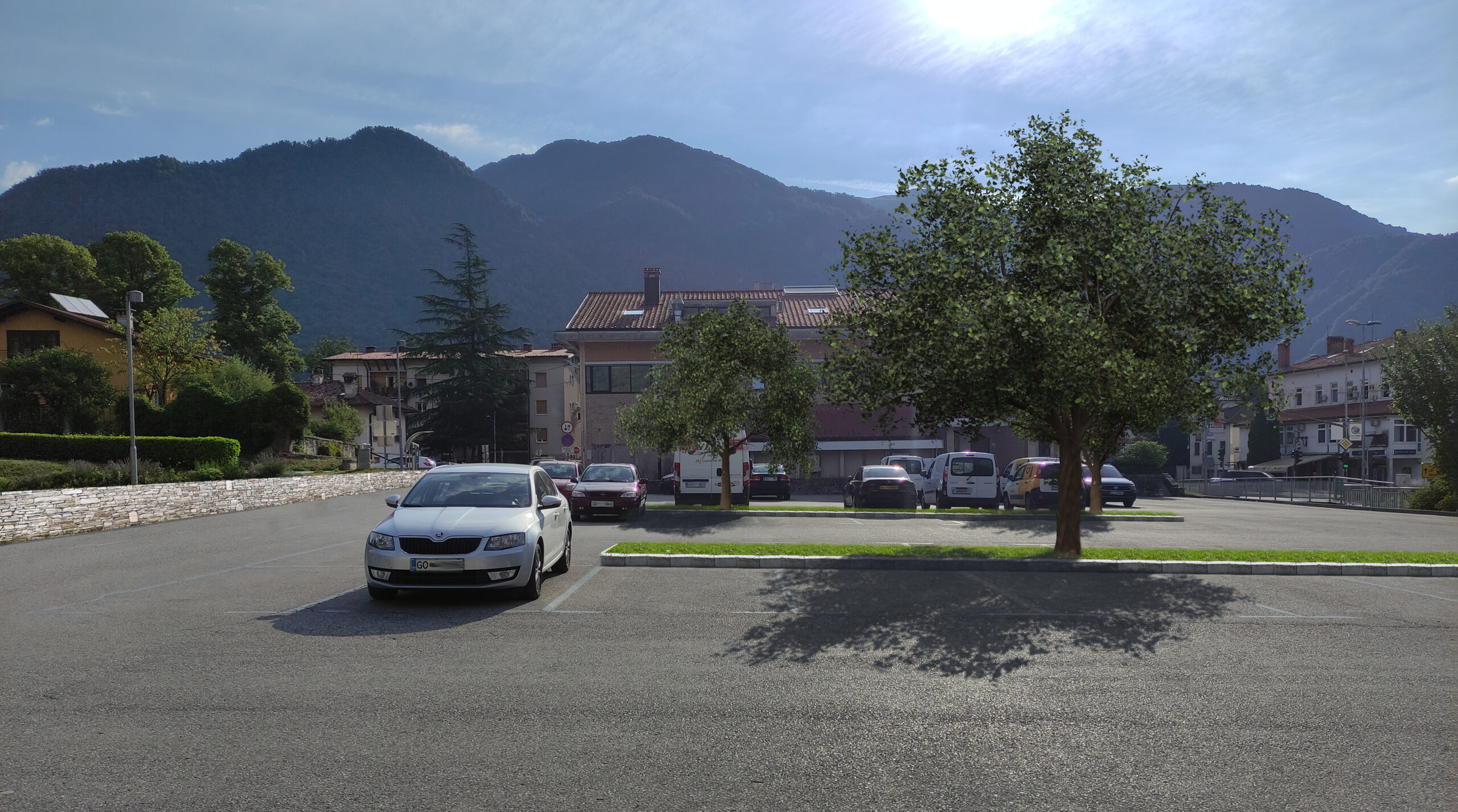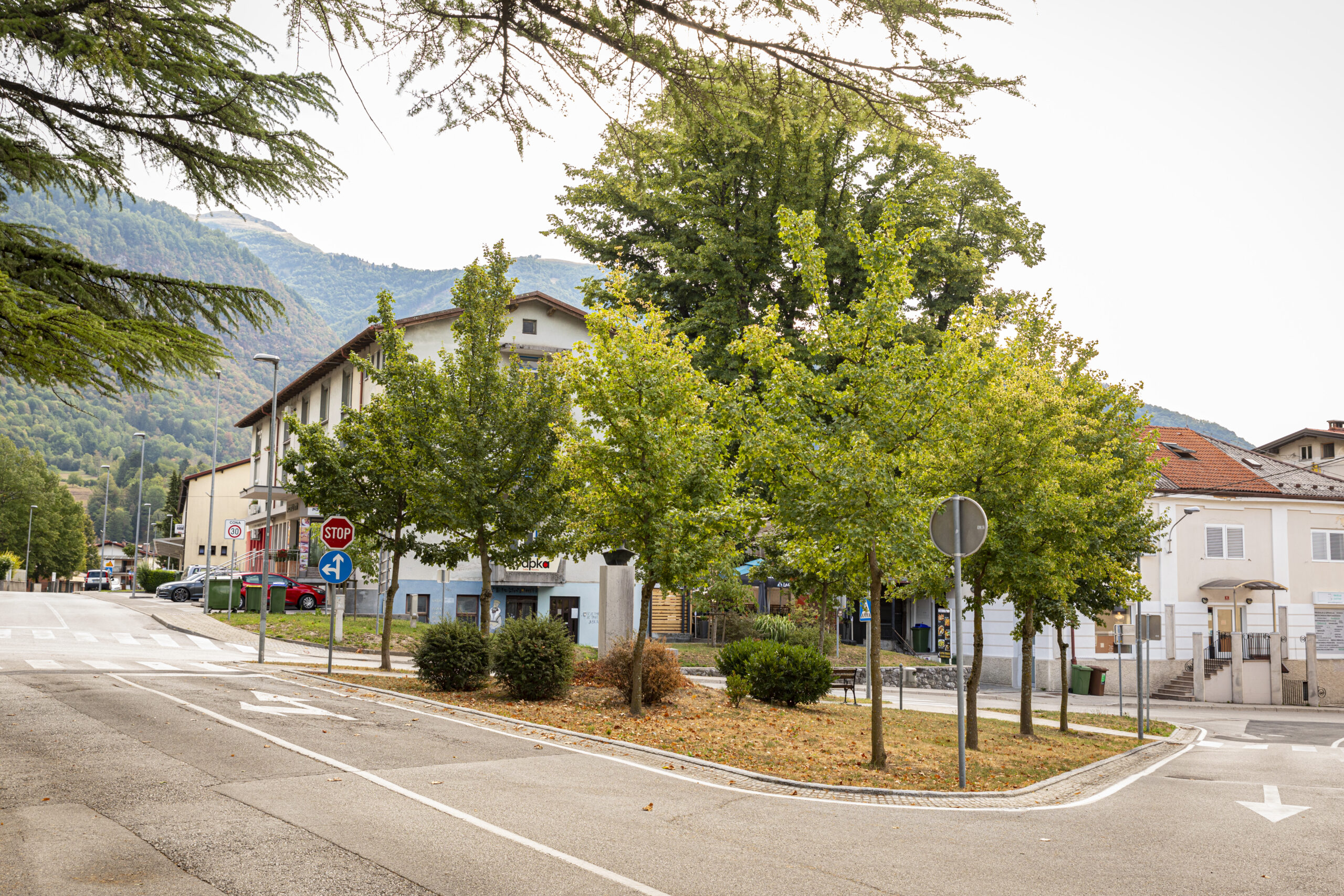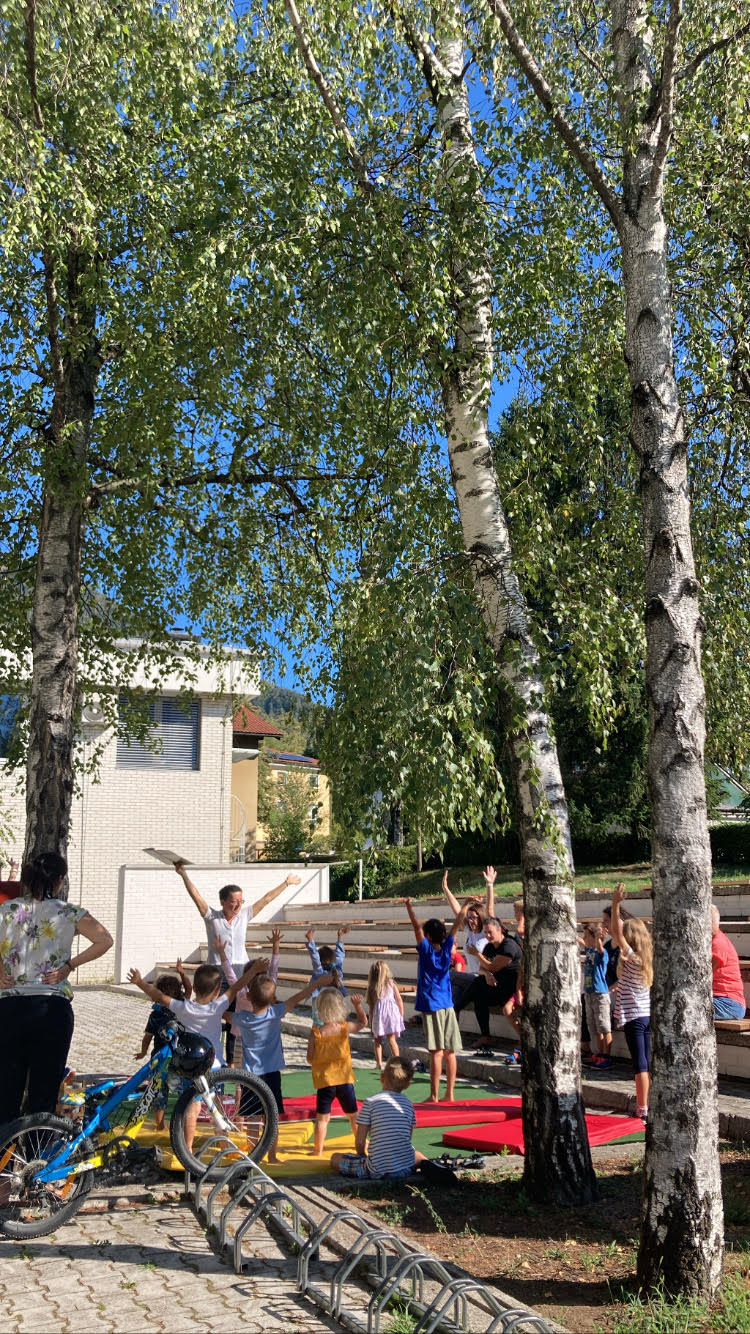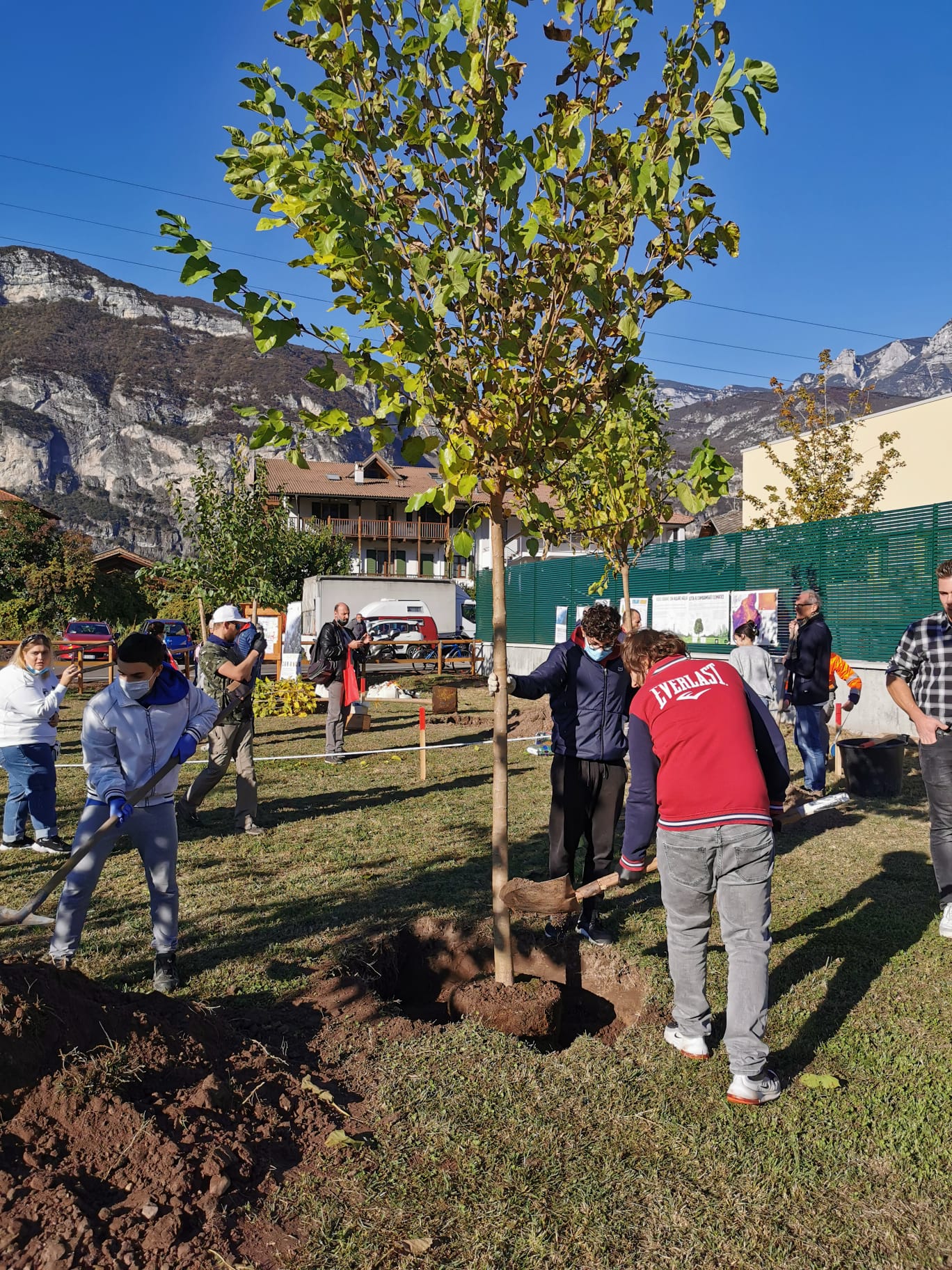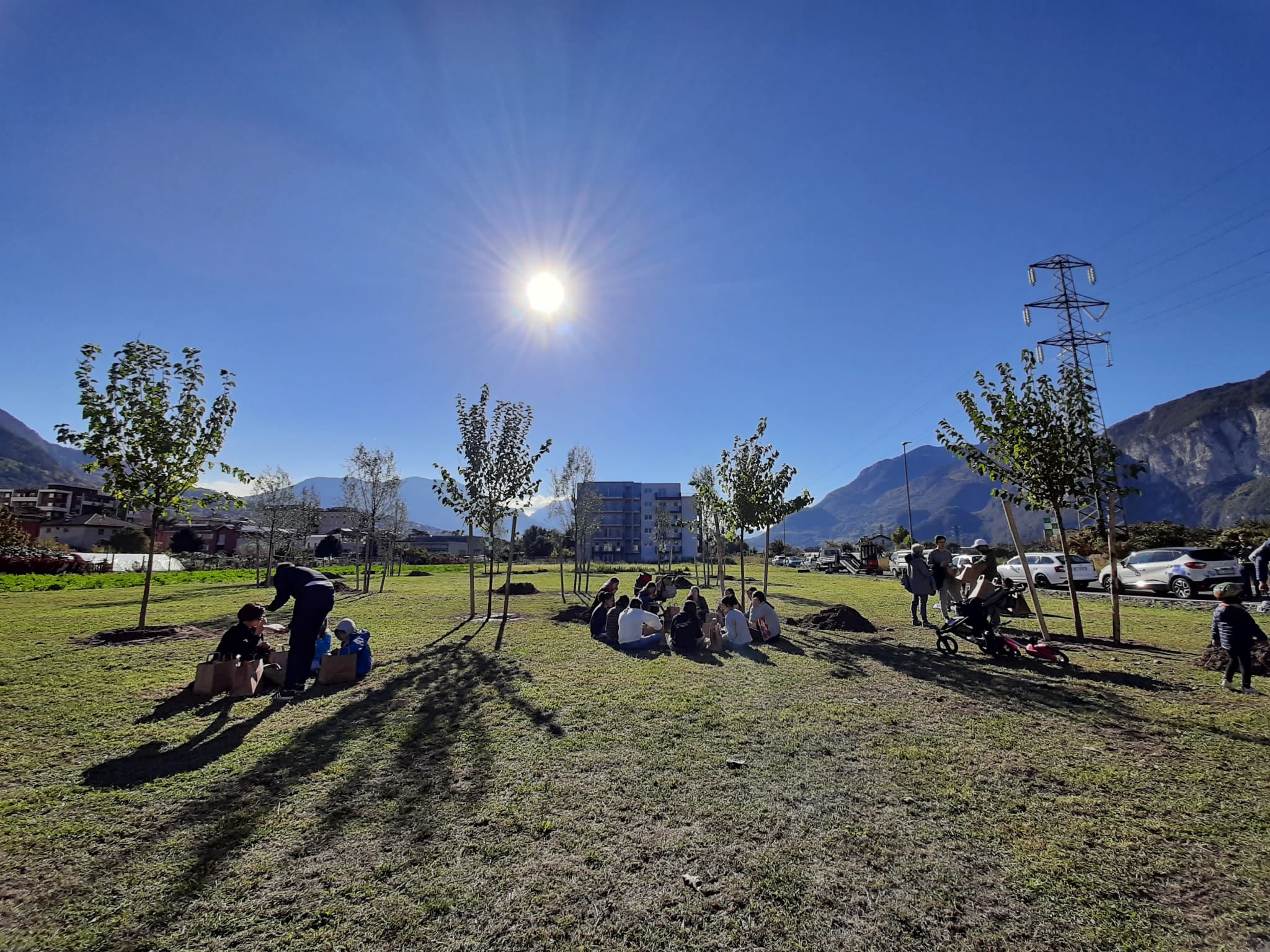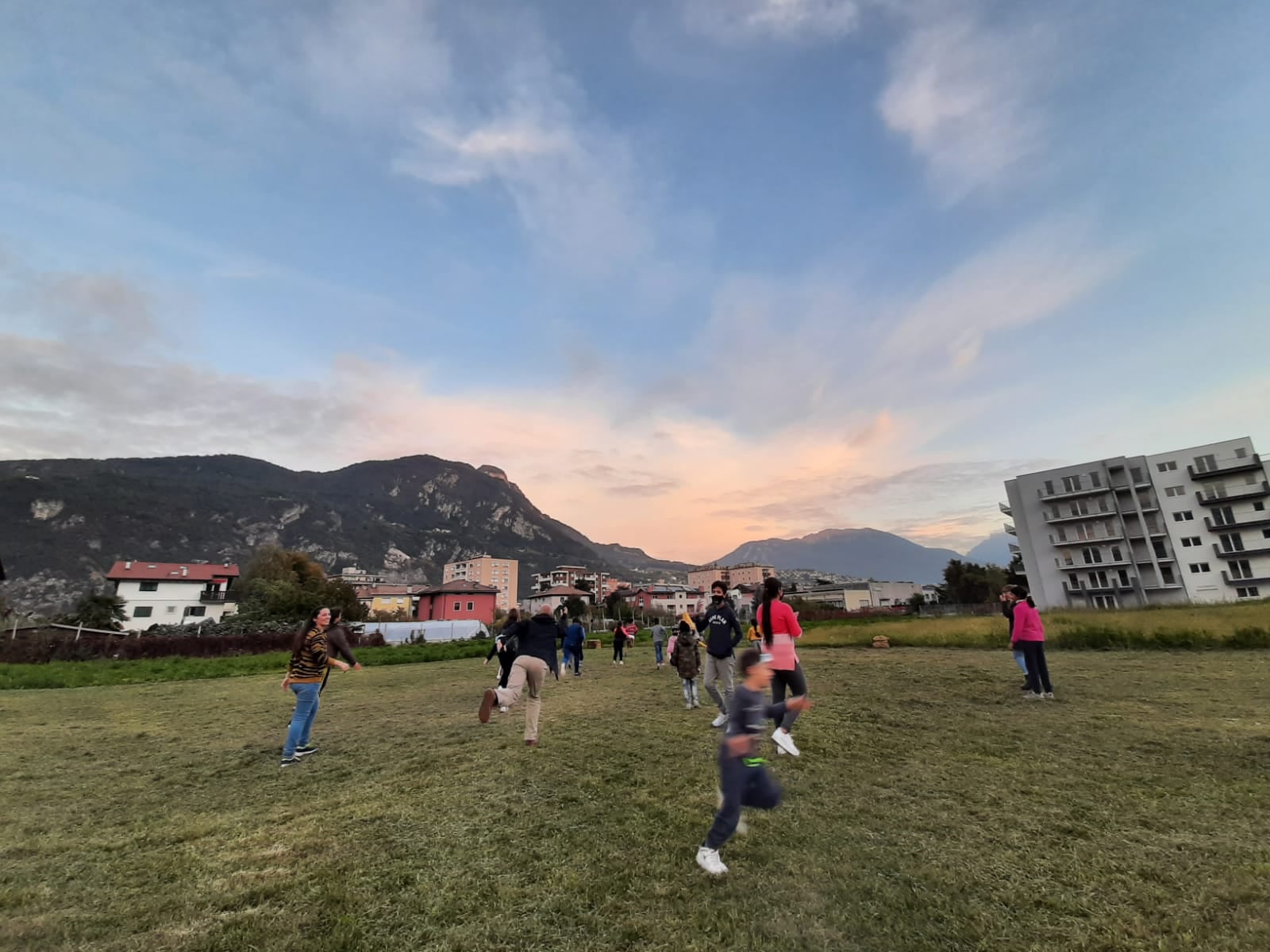OVERVIEW
With the pilot action ‘Climate Action in Alpine Towns’, eight Alpine towns implemented climate actions related to spatial planning and citizen participation. The project was implemented in the framework of the Swiss Presidency of the Alpine Convention and the Territorial Agenda 2030. The latter aims to reduce social inequalities and environmental risks and to improve governance in spatial development. In this way, sustainable development becomes linked to climate concerns and local knowledge is consistently used – through the development of ideas “from below” and through the participation of citizens.
The project ‘Climate Action in Alpine Towns’ shows that municipalities can already start with low-threshold climate measures – with Alpine towns as pioneers. The participating towns tried to address their citizens’ concerns about climate change and develop creative solutions adapted to the local needs. In addition, there was a multi-level exchange of knowledge between the partners, which also worked on the ninth report on the state of the Alps ‘Alpine Towns’.
ANNECY
The French town of Annecy used its participation in the project as an opportunity to develop and implement a comprehensive strategy to actively involve citizens. In numerous workshops, a scheme was developed that shows in an easily understandable way how and where residents can get involved in the city’s processes and decisions.
Among other things, there is an online platform (jeparticipe.annecy.fr) with projects that are open for participation. There is also a “Budget participatif” where citizens propose projects that receive financial support. In addition, the app “Agate” has been developed, which makes a lot of practical information of the Greater Annecy area available. In the long run, the new governance system should allow for a more effective and qualitative participation of citizens in planning strategies.
BELLUNO
The northern Italian town of Belluno dedicated itself to the climate-friendly redesign of public spaces, especially schools, as part of the pilot project. Through close cooperation with pupils, they were sensitised to topics such as green spaces and climate protection and were allowed to lend a hand in implementing the measures themselves. In workshops, they learned valuable knowledge about seeds, they planted vegetable beds, built bird houses and experienced the work of bees live. In addition, they visited the Serravella Ethnographic Museum on International Bee Day.
In autumn, the project was completed with a video and the distribution of seeds and the collection of ideas to other schools and the municipality, so that a green – and rather colourful – infrastructure spreads in Belluno. For the activities, the ISOIPSE association collaborated with the town of Belluno, the Belluno Dolomites National Park, the Ethnographic Museum of the Province of Belluno in Seravella and the ApiDolomiti cooperative. The Coltivare Condividendo association and the ApeRegina beekeepers’ association were involved in the educational activities.
BRIG-GLIS
As part of the project ‘Climate Action in Alpine Towns’, the population of Brig-Glis in Switzerland was sensitised to climate change with four targeted measures. At the pop-up piazza, plants created a pleasant microclimate on the town square and seating invited people to linger. Temperature measurements were taken at six locations, the results show where action is needed to prevent the city from overheating with targeted measures. The measurements are available on the climate-action.ch website and the info screens of Brig Simplon Tourism.
Another measure was a water vaporiser next to shady trees on Weri Square, which creates a pleasant microclimate. The water for this comes from the nearby canal and is fed via the overpressure. In autumn, the media library showed the exhibition ‘An heiligen Wassern’ (On Sacred Waters), which documents the unique construction of the Suonen, historical water pipelines, in the Valais.
CHAMBÉRY
For their take on the pilot action, the French town of Chambéry focused on greening and unsealing the city, following a participatory implementation strategy. Citizens were invited to submit suggestions on which places throughout the city should become greener. Around 70 suggestions were collected, which are presented on a map. The city administration is examining them for feasibility and some of them are already being implemented.
In May 2021, the ‘Week of Nature in the City’ took place: at more than 50 different events, interested people could inform themselves at lectures and guided tours, build nesting or flower boxes and design land art projects, learn more about composting or get to know the ‘climate fresco’, a creative workshop that teaches scientific facts on climate change in the course of a game.
IDRIJA
The town of Idrija is surrounded by forests, but there are only few green spaces or parks in the town centre. The municipality used its participation in the project ‘Climate Action in Alpine Towns’ to bring the nature back into the centre. The focus was on a vacant mine site of the Kajzer Park. A working group examined the condition for this heritage protected area and developed guidelines and ideas for the revitalisation of the site. Kajzer Park is to become a centre that promotes creativity and enables active togetherness, not only for the people from Idrija, but also for the surrounding communities.
A main concern was the involvement of the population. There were various workshops with experts from architecture, biology, design and landscape architecture. Students from the universities of Ljubljana and Zagreb were also actively involved. Concerts and exhibitions in Kajzer Park made the place accessible and tangible. As part of the project, the city also developed a ‘green handbook’ that will be used as a basis for further urban development projects.
SONTHOFEN
The cycling town of Sonthofen in Germany wants to encourage more people to switch from car to bike and thereby save emissions. Even before the participation in the pilot, numerous measures such as widened bike lanes, covered bike parking, the promotion of cargo bikes, or a bike rental at the new Radlbahnhof (bike station) had been implemented in addition to a cycling concept that involved the population.
However, one place hindered the transition to the low-carbon mobility concept: the pedestrian zone which didn’t cope with the increasing new mobility. Pedestrians and cyclists who use the narrow streets came into conflict. With the support of Germany, the Institute for Environmental Planning and Spatial Development implemented a conflict analysis of the traffic. In the ‘Netzwerk fahrRAD’, a newly founded citizen council, suitable measures were discussed with the town administration. For example, introducing speed displays, which provide a monitoring of the situation and – where necessary – call for more attentiveness.
TOLMIN
The Slovenian town of Tolmin decided to make its centre greener as their contribution to the ‘Climate Action in Alpine Towns’ pilot. One hotspot – in the truest sense of the word – is a large, asphalted car park which was interspersed with trees in autumn 2022.
The city also implemented communication measures and involved the population through accompanying workshops and events: for example, the screening of a documentary followed by a discussion in which additional interesting facts about climate change were presented. This was followed up by an exhibition and further workshops. In addition, a new book corner offers publications on the topics of urban green spaces and climate change in general.
A brochure illustrating the effects of planting trees in the urban area was also published. It shows the benefits beyond the aesthetic aspects: they have ecological functions, they provide shade, oxygen, cooling, air filter and noise reduction.
TRENTO
For the Italian city of Trento, brownfield sites hold untapped potential for heat reduction. As part of the pilot action, an undeveloped area in the Canova district was greened and is to be transformed into an urban forest. The central goal was to use this area as a model to involve and sensitise the population, especially young people and socially disadvantaged groups.
The city partnered with three local initiatives and associations, who are already active in the district. In a participatory process, the project team and the population worked on the redesign and greening of the 4,500 square metre area. In meetings they informed and sensitised representatives of the city council and of relevant offices on the issues. In addition, several public events were held: Together with pupils, the heat islands were identified with the help of drones. Collective walks, planting campaigns and a workshop conveyed the scientific aspects. About three hundred people took part in the activities and around 30 people were involved in the project team.
PARTNERS
The project took place from 2020 until 2022. It was coordinated by the Alpine Town of the Year Association and implemented by its member towns Trento, Annecy, Belluno, Chambéry, Sonthofen, Tolmin, Idrija and Brig-Glis. The project received financial support from the Swiss Federal Office for Spatial Development ARE. An international working group from the Territorial Agenda 2030 enabled and accompanied the implementation: The working group under Swiss lead brought together Austria, Germany, Luxemburg, Norway, Slovenia, the European Commission and the Permanent Secretariat of the Alpine Convention.
Further information:


